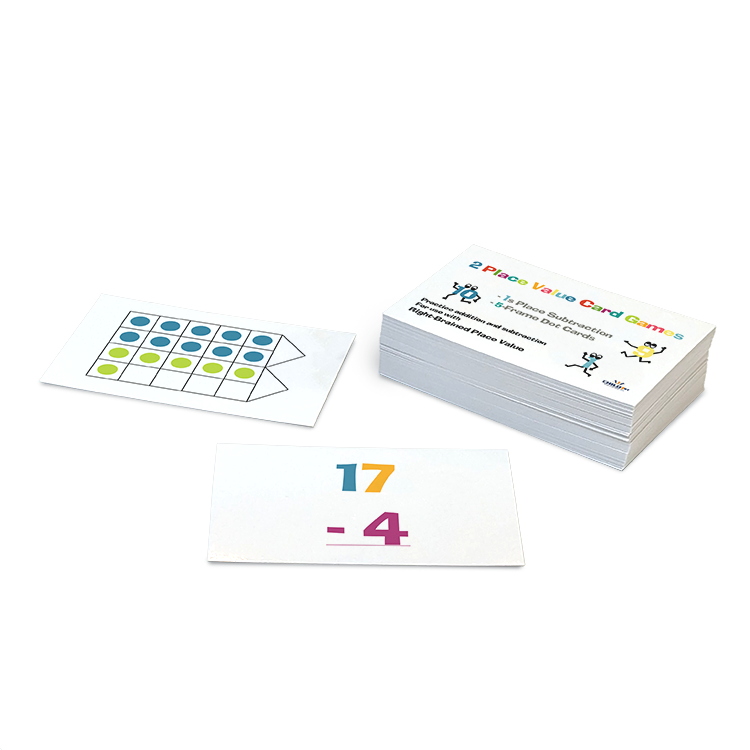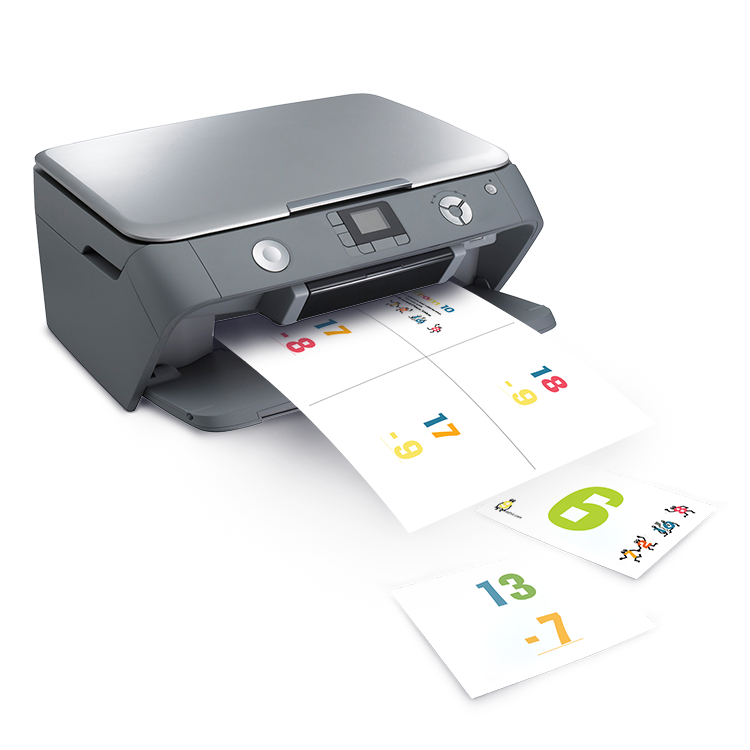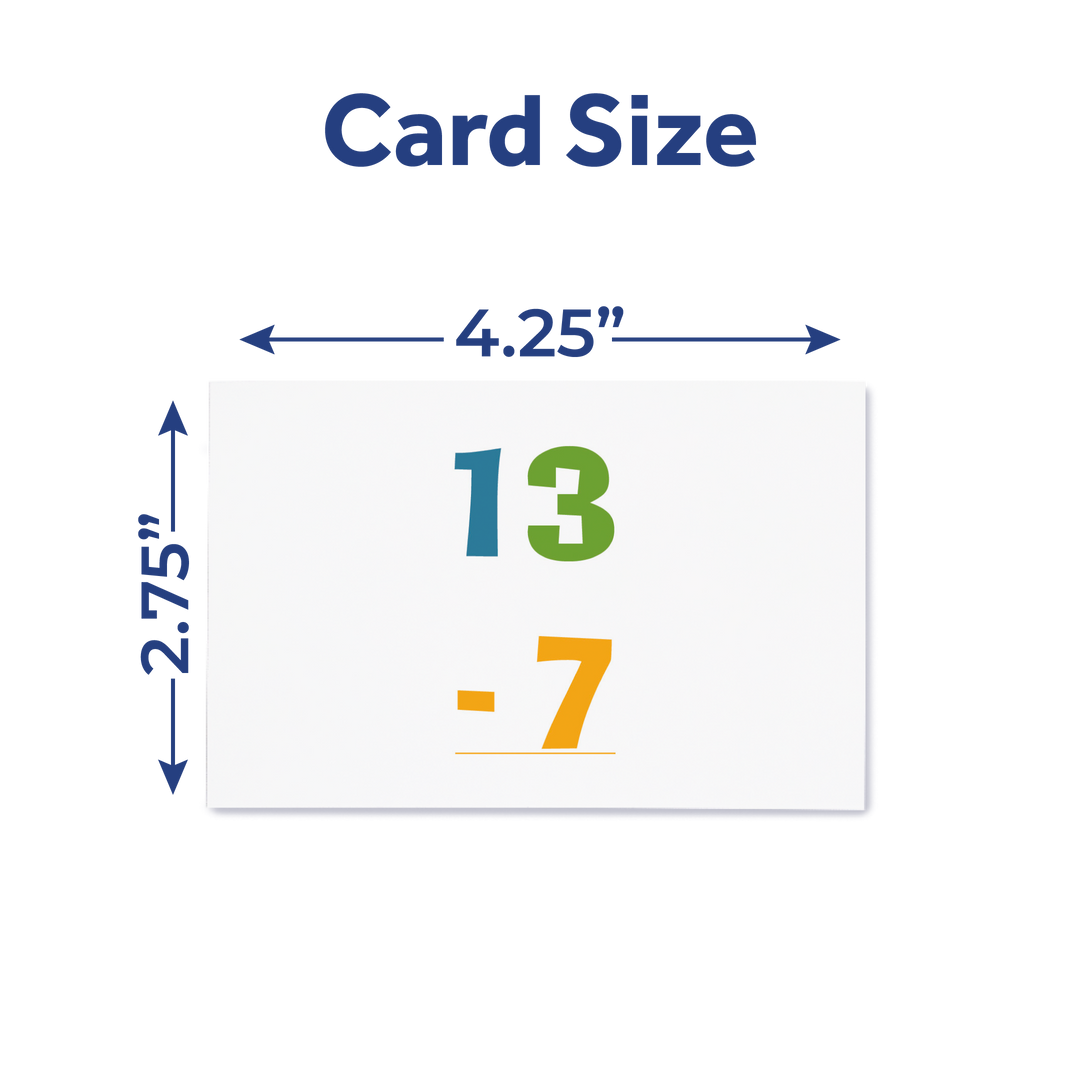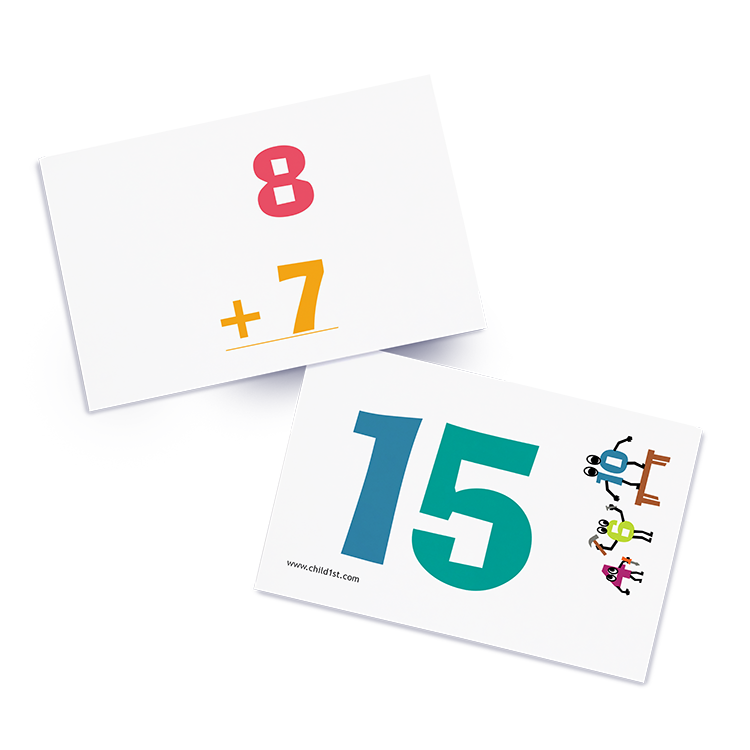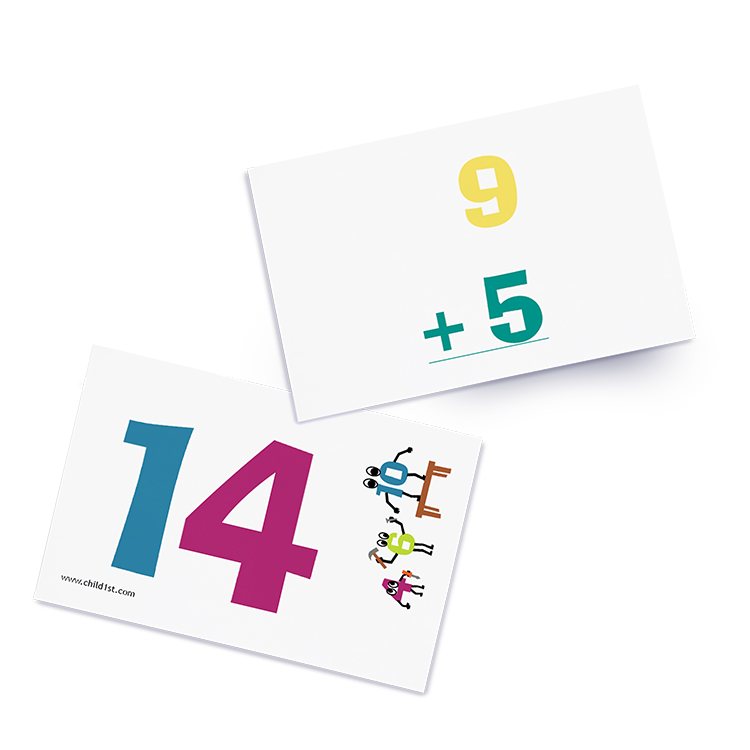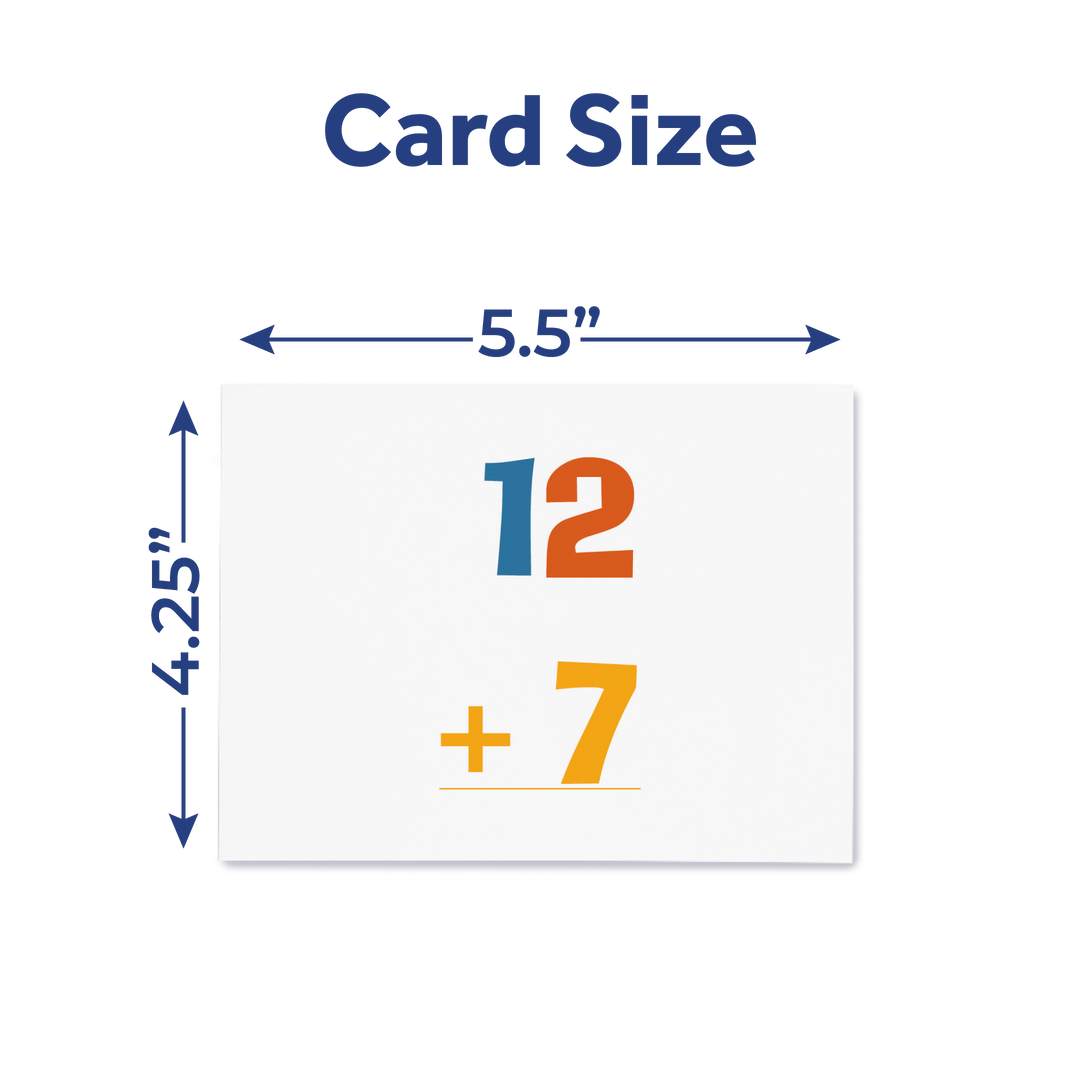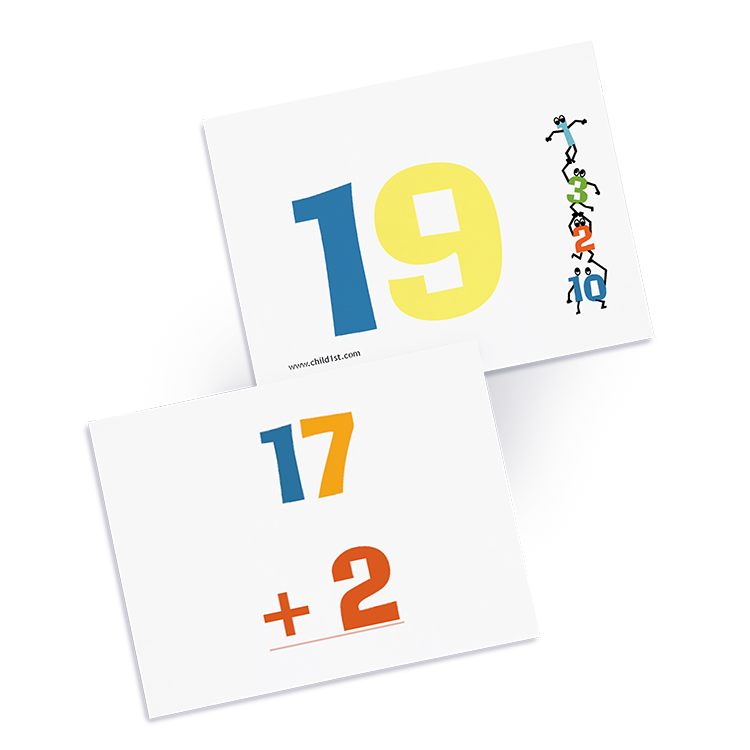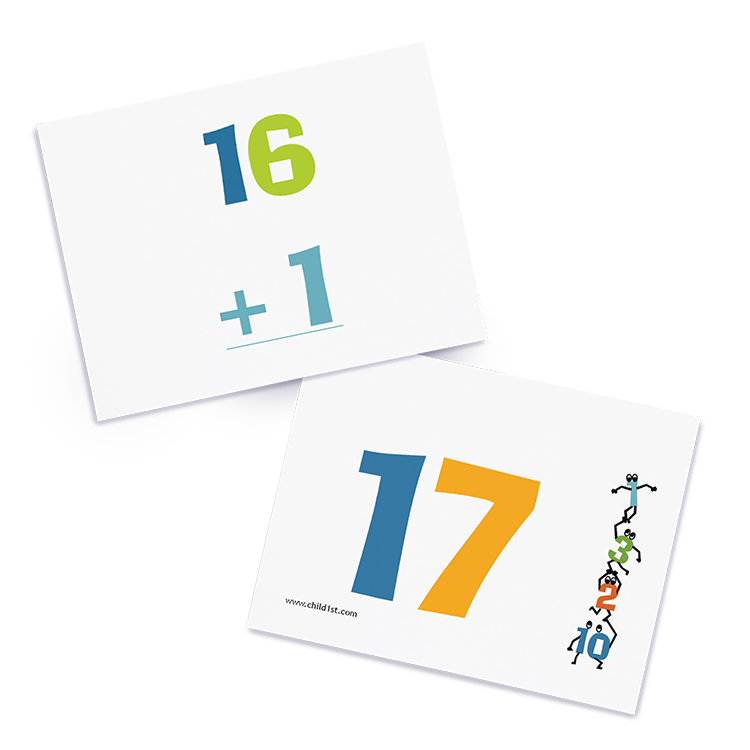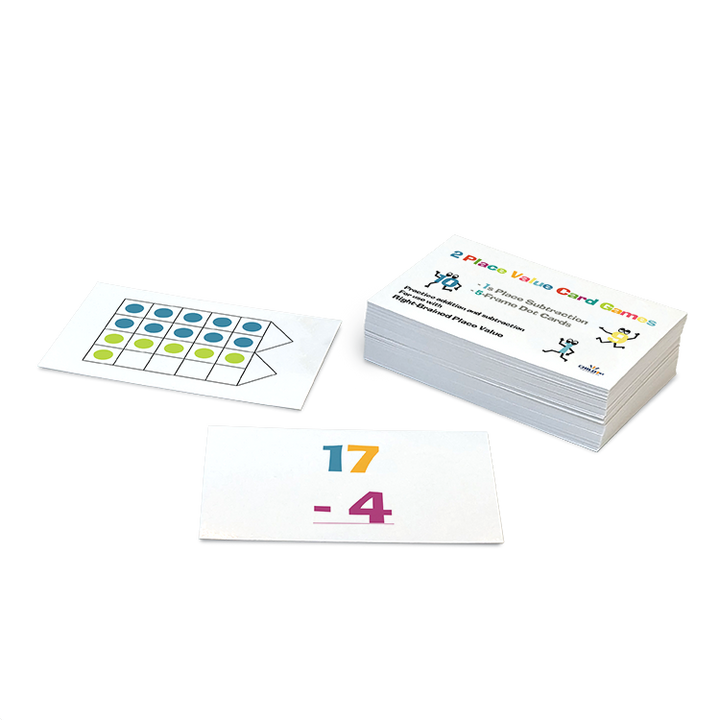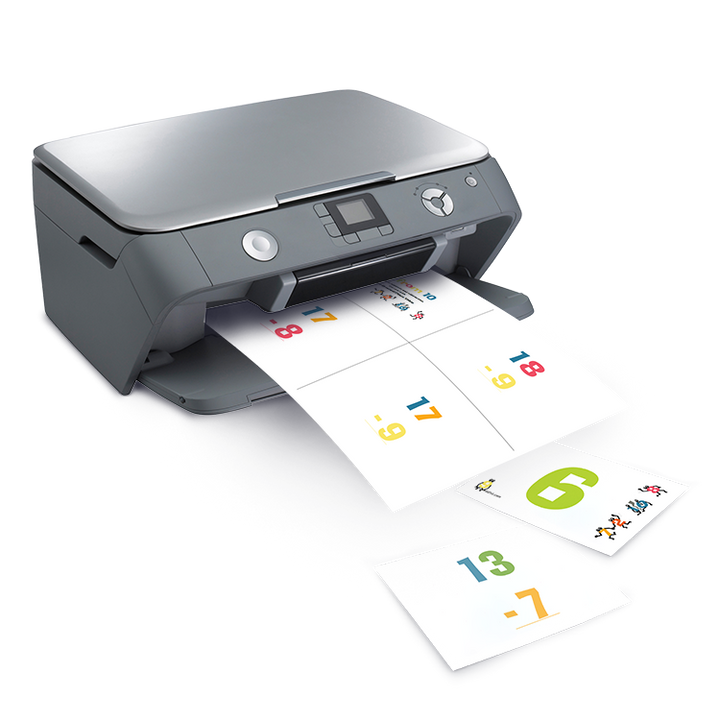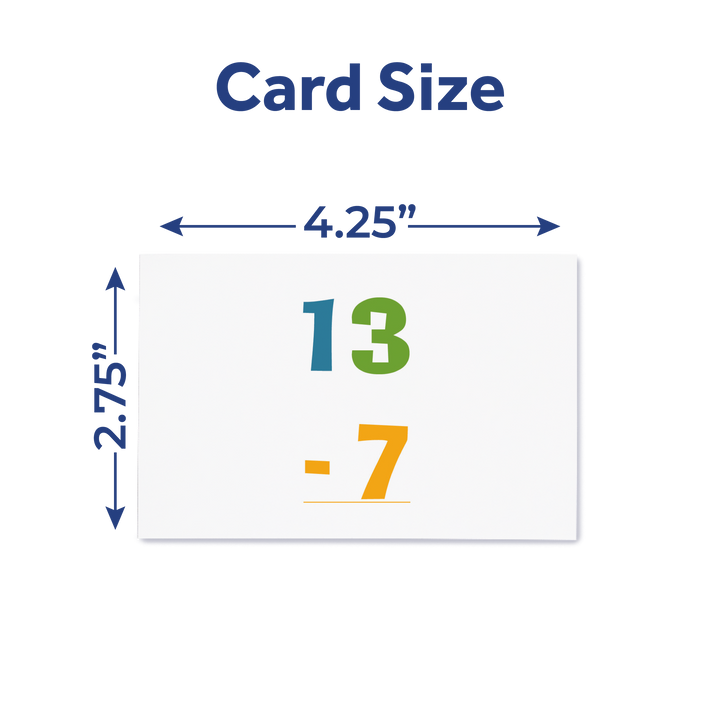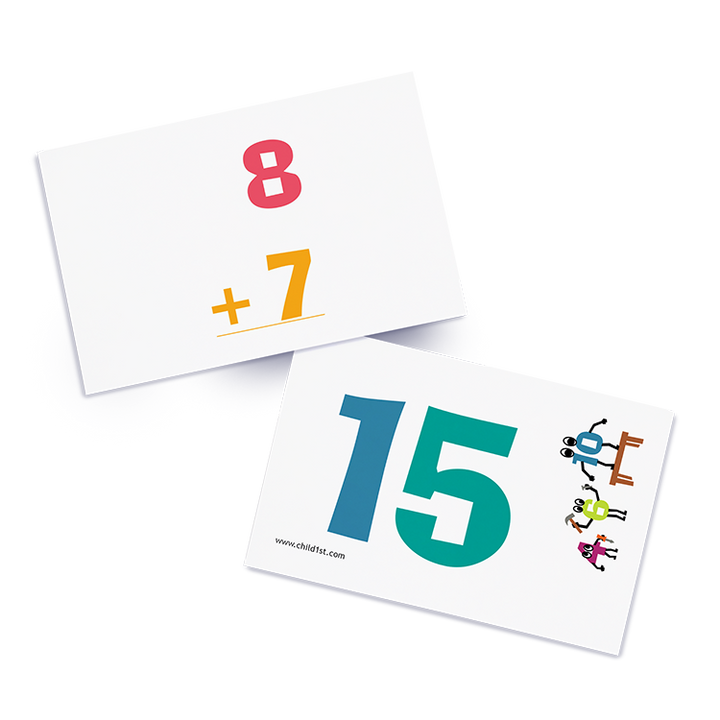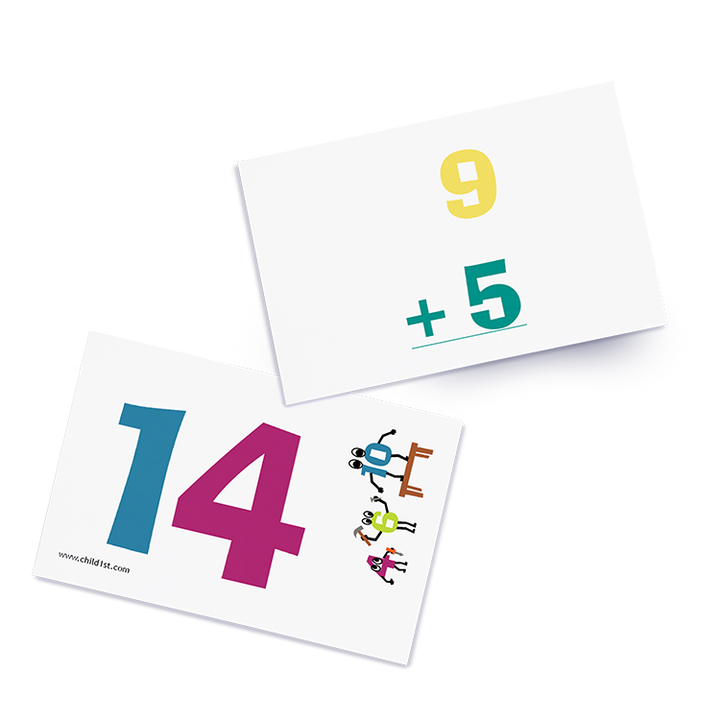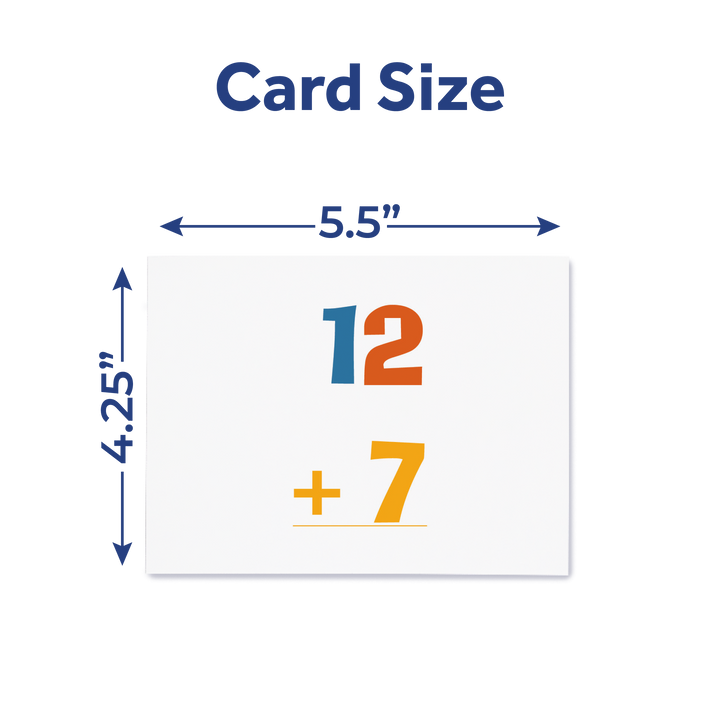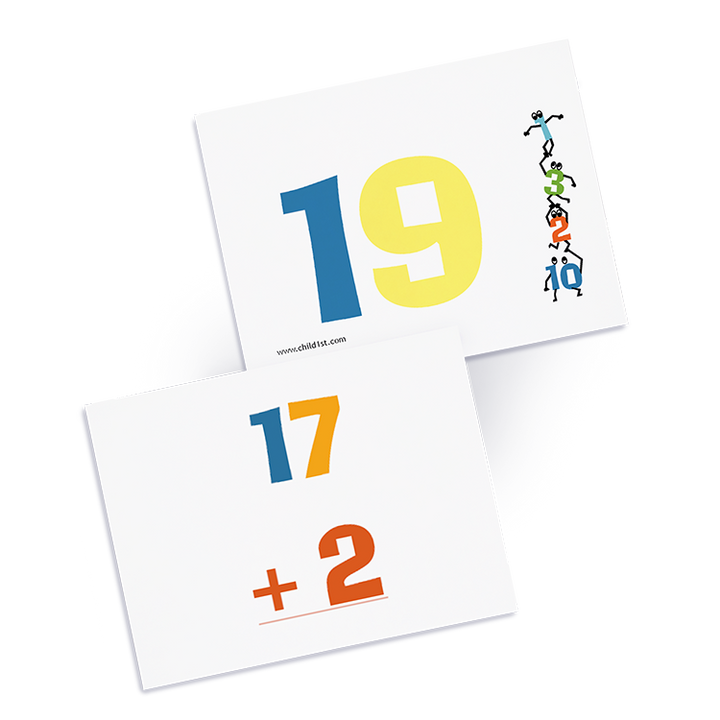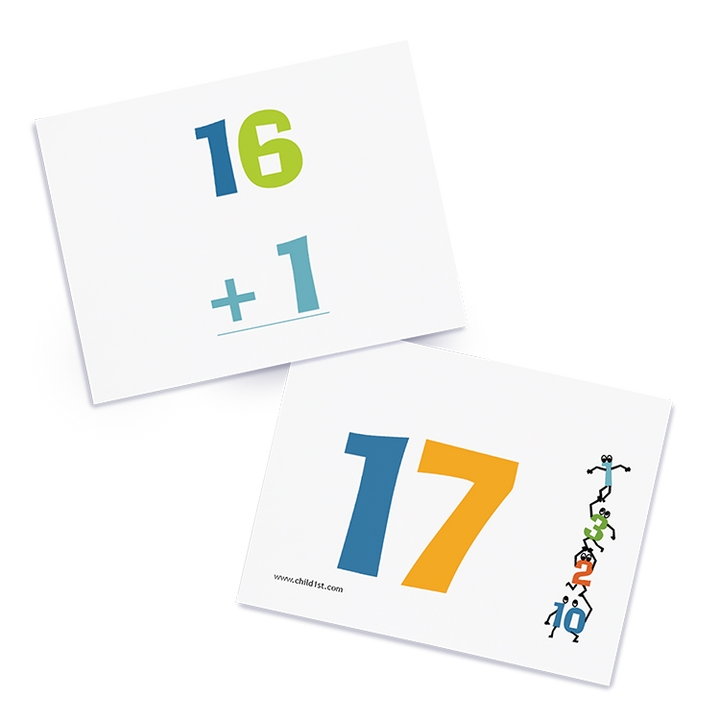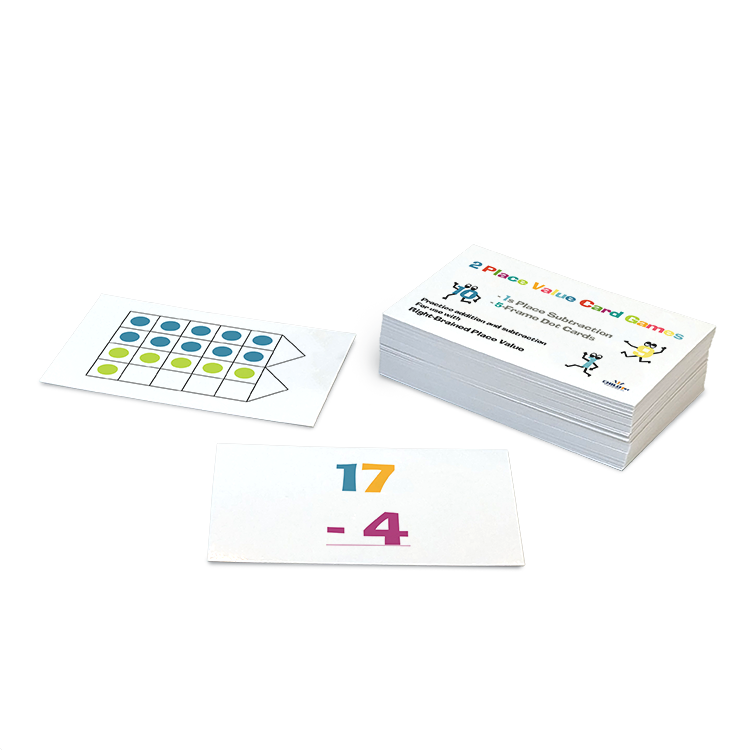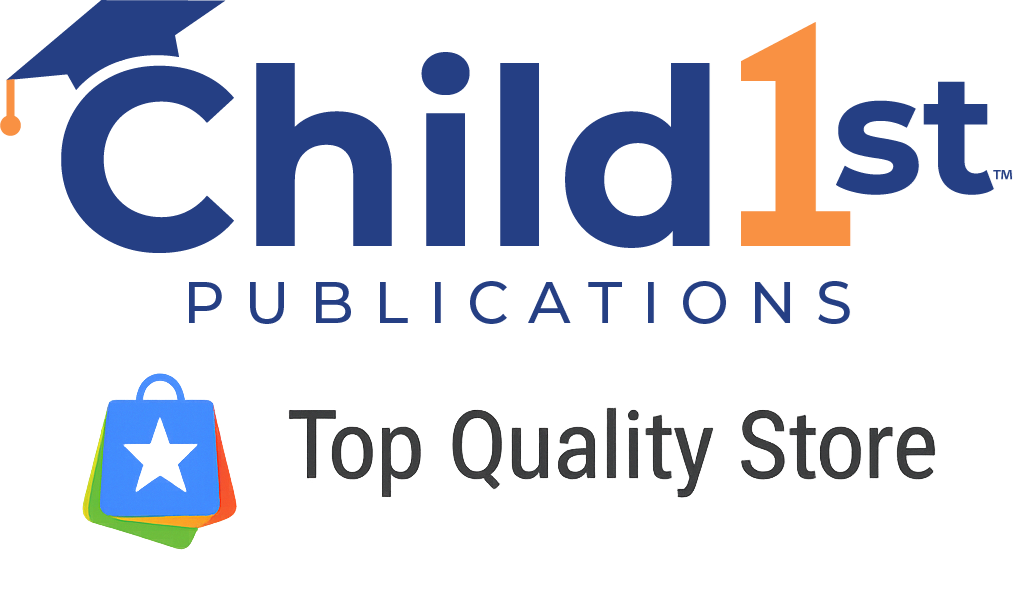Description
Product Specs
Related Articles
Tools & Resources
Elevate math skills with Add & Subtract 10s Cards, a perfect complement to Right-Brained Addition & Subtraction Vol. 2! Designed to reinforce double-digit math proficiency, these interactive cards offer engaging activities centered on "Make a 10" and "Take from 10" concepts. As children delve into problem-solving, they'll enjoy self-checking games that make learning enjoyable and effective. Strengthen mathematical understanding and foster confidence with these dynamic learning tools!
What’s Included
· 60 full color Add & Subtract 10s Cards with two-sided lamination for extra durability.
You may also like
FAQs
Recently viewed



